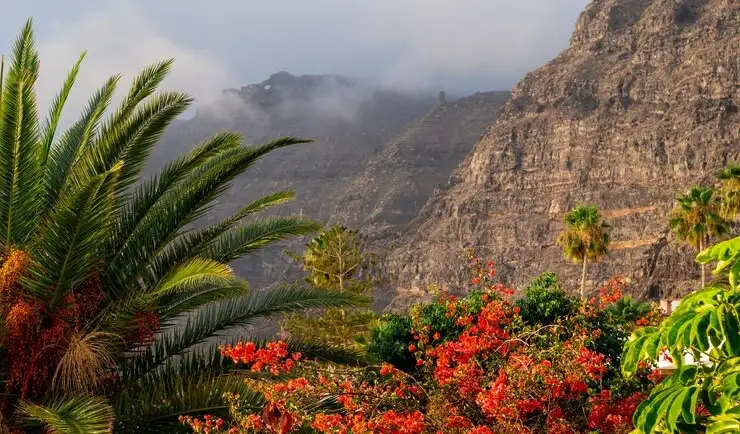Pench National Park, Madhya Pradesh, India, is a treasure trove of wildlife with an action-packed fauna inside its belly. Name it, from majestic predators to agile prey, from colorful birds to stealthy reptiles, pench is a treat for the wildlife enthusiast.

Some major tree species of Pench are Teak, Madhuca indica (Mahua), Shorea robusta (Sal), and Butea monosperma (Palash). These provide shelter for a great variety of wildlife, besides showing the intricate relationship that exists between the types of flora and fauna.
Saja, also known as Terminalia alata, spreads its canopy wide with the most magnificent flowers on the forest floor. Since it is a deciduous tree, much sunlight reaches the forest floor, thus allowing many plants to gain much strength and grow over here.
It is perennial grass and forms a very important part of the ecological balance. The fast and copious growth provides shelter to many organisms—invertebrates, and vertebrates—along with food for many herbivorous animals.
On the undulating topography with rising and falling as well as mount slopes, the mixed forests dominated by Boswellia serrata and Anogeissus latifolia can be traced in the park. Most numerous of all trees fall under the genus Sterculia urens and Gardenia latifolia, which scatter rocky slopes. These tree species have further contributed to creating the unique plant of Pench National Park.
The ground is carpeted by herbs comprising grasses, plants, bushes, and saplings in mazes and house herbivores. Other vegetation comprises bamboo and white kulu trees, also known as ghost trees. Herbs such as curcumin, sarpgandha, ashwagandha, and avatar are of therapeutic value to the local villagers, which is a matter of interest in Ayurveda.
Flora in Pench National Park serves several crucial functions in maintaining the following:
If planning has to be done for the conservation of Pench's ecosystem to maintain its delicate balance, the following points would be part of it, amongst others:
The flora of Pench National Park is highly diversified and acts as the mainstay for the upkeep of the balance in the ecosystem. We must work towards preserving this delicate balance for our future generations by being in a position to understand and appreciate the importance of flora.